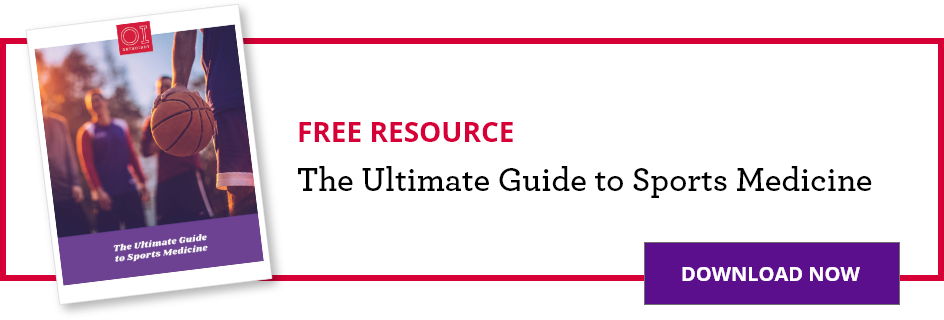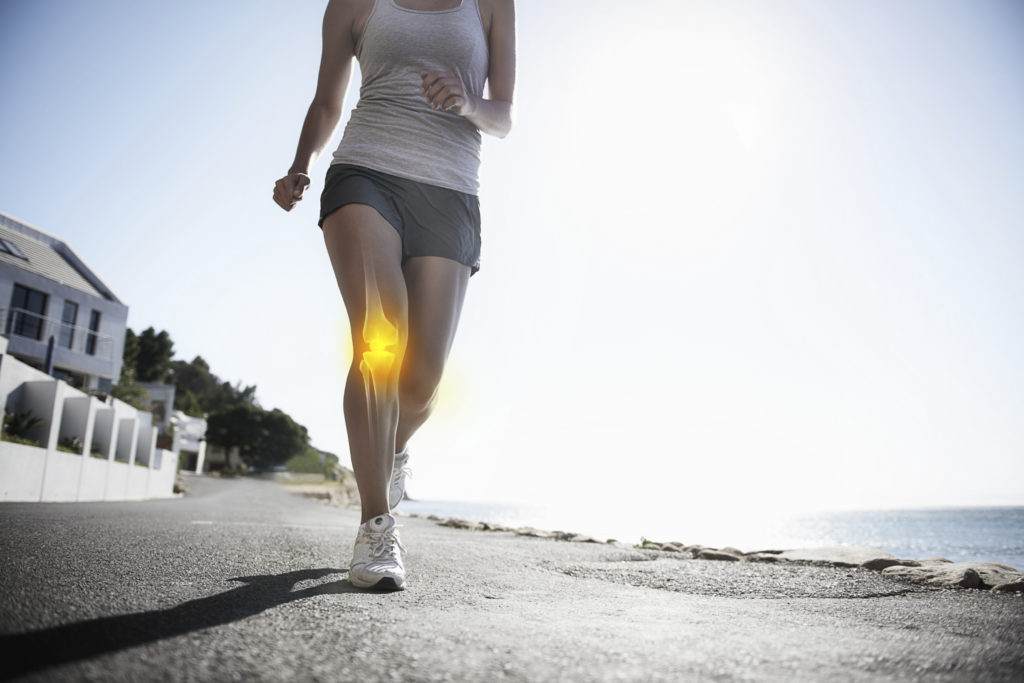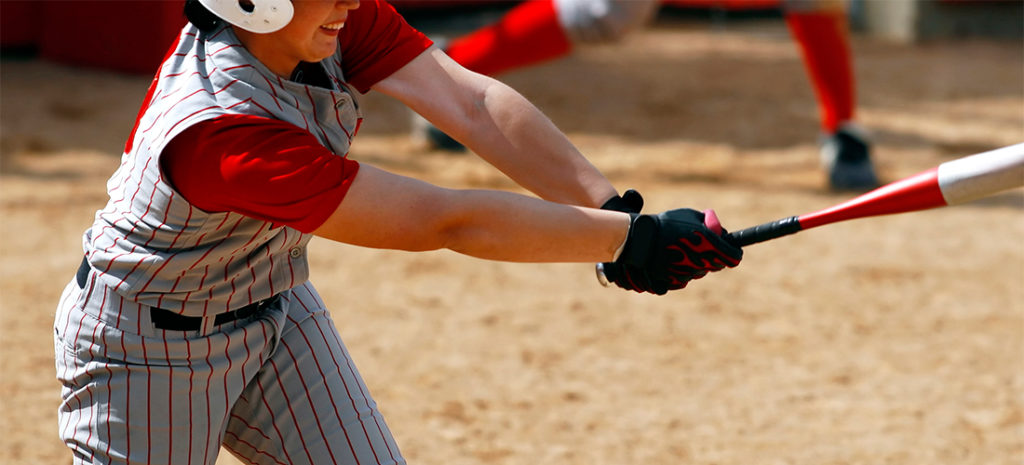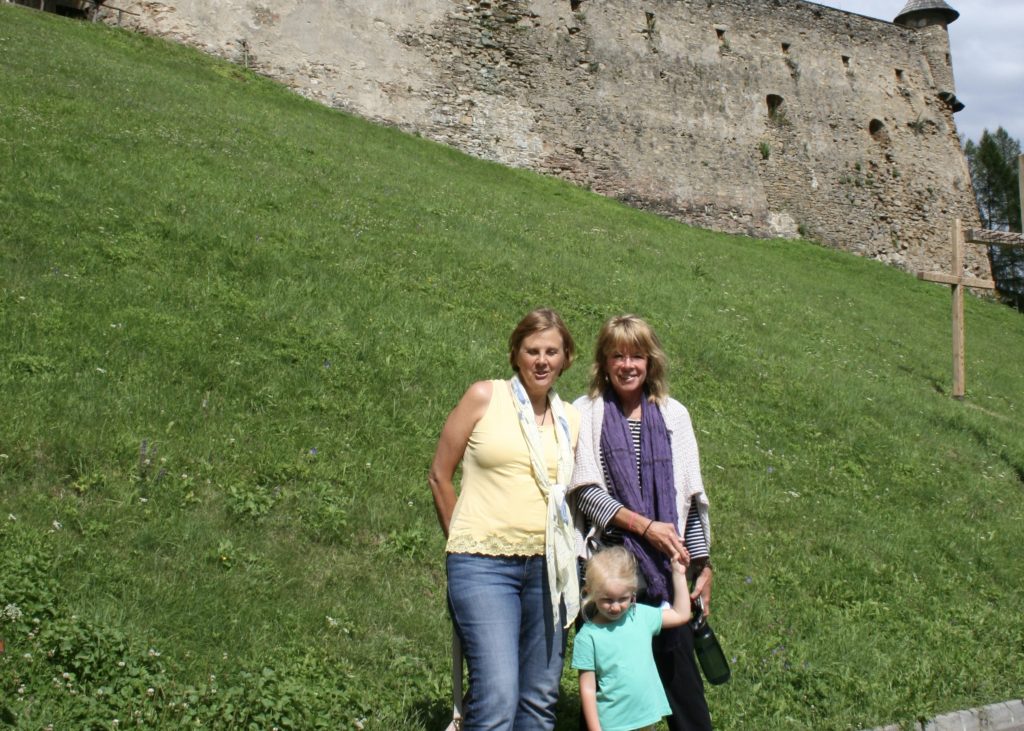THIS POST IS PART OF THE ULTIMATE GUIDE TO SPORTS MEDICINE
Often, athletes ignore the pain and, in most cases, the ache goes away with rest. However, the pain can become chronic. The term for this dull ache in the knee might be what is commonly referred to as patellofemoral pain syndrome.
According to Dr. Jack Farr, OrthoIndy knee surgeon, the term patellofemoral syndrome, is actually incorrect as it is not actually a syndrome and it should just be referred to as patellofemoral pain.
“With patellofemoral pain, patients typically experience pain behind or around the kneecap. Additionally, there is an increase in pressure on the knee cap while sitting with the knee flexed and many patients will report pain while sitting during a long movie or in the back seat of a car on a long drive,” said Dr. Farr. “They may also hear crunching, grinding, grafting, crackling or popping in the area of the knee cap when they put their knee through range of motion.”
What causes the ache?
Sports and movements that put more load on the kneecap can cause patellofemoral pain. In particular sports that involve a lot of running or jumping, such as track and field, basketball or football, might put athletes at a higher risk of feeling that dull ache in their knee related to patellofemoral syndrome.
As there are many causes of patellofemoral pain, there are also ways to avoid it. As soon as an athlete begins to experience the dull aching pain in their knee they should take time off from the sport and rest before the pain increases.
“One of the most common problems for athletes is that they progress their training program too quickly or over-train,” said Dr. Farr. “Planning a training program with a coach or trainer is key. Even though athletes may be strong and have mature muscles, the muscle strength and soft tissue flexibility may be out of balance, especially the core muscles of the low back, pelvis and hip.”

How can pain be treated?
The vast majority of people with patellofemoral pain can return to an active lifestyle after a short period of rest, activity modification and a rehabilitation program. Most of the therapy can be performed at home as therapists act as coaches to assure proper exercise and stretching form.
“A soft patellofemoral brace, similar to a knee brace, or taping may be useful to prevent knee pain,” said Dr. Farr. “Additionally, over the counter pain medicine such as Tylenol, can help lessen the pain. Surgical treatments are complex and range from soft tissue balancing or bony realignment to cartilage restoration and for those with end-stage arthritis: patellofemoral arthroplasty.”
In young athletes that are experiencing patellofemoral pain due to overuse or overdoing training, they may recover in a couple weeks with rest and rehabilitation. Those with established pain and poor muscle balance might need a few months of therapy. However, those with cartilage damage may not recover until the cartilage is surgically restored.
To make an appointment with Dr. Farr please call 317.884.5163 or learn more about cartilage restoration.
Schedule an appointment
Your well-being is important to us. Click the button below or call us to schedule an appointment with one of our orthopedic specialists. If your injury or condition is recent, you can walk right into one of our OrthoIndy Urgent Care locations for immediate care. For rehabilitation and physical therapy, no referral is needed to see one of our physical therapists.





